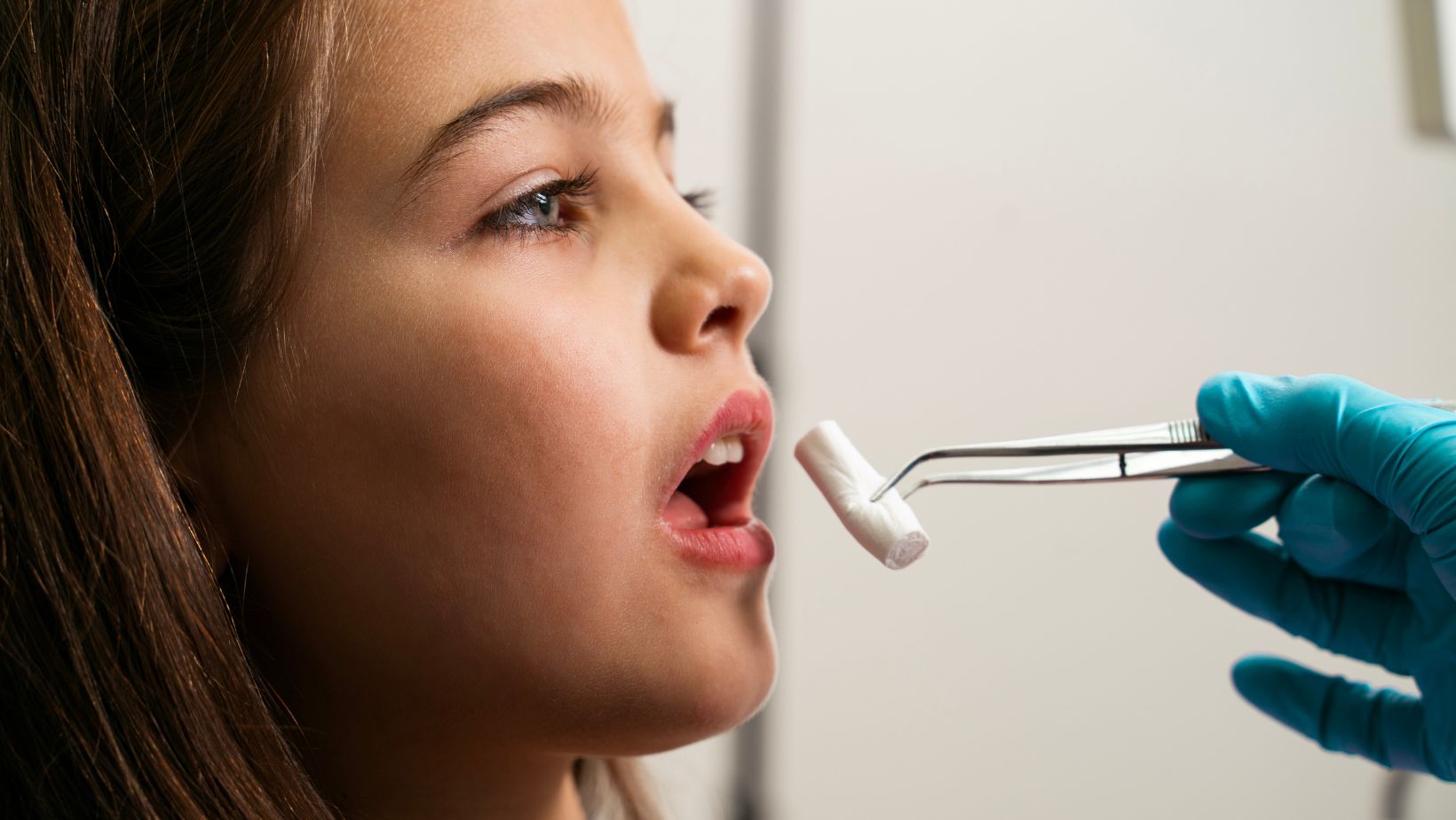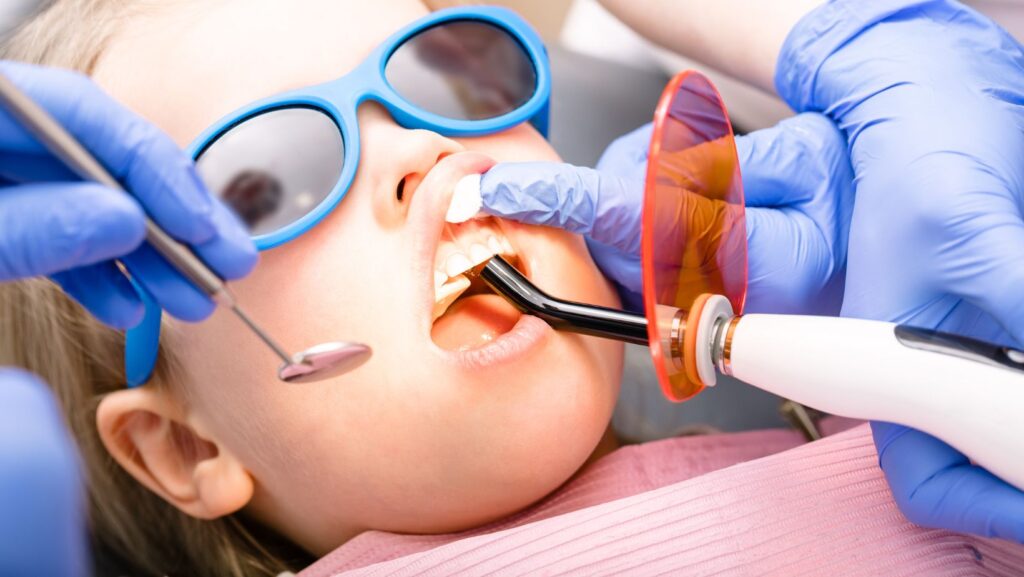Modern technology and medical innovation have made it possible for dentists to administer sophisticated dental treatments and solve complex dental problems within hours or days. You may already have heard of some dental care providers using 3D printers to create life-like models, clear aligners, bite splints, trays, and temporary restorations. Modern restorations like dental implants (think of single-tooth implants, implant bridges, and implant-supported dentures) have also gained popularity for their ability to look and function like natural teeth. The 20th and 21st centuries were a scientifically important period when innovators created most of the dental technology we know and use today. However, some ancient civilizations had their own dental and oral health practices that formed the foundation of modern dentistry.
Dental Restorations of the Past
Take a look back at some of the precursors to modern dental treatments.
Ancient Dental Work
Cavities and dental ailments have long been part of human life. As far back as 5000 BC, Sumerian texts describe “tooth worms” as the culprits behind tooth decay and cavities.1 From 166 to 201 AD, the Etruscans demonstrated dental techniques like creating fillings and crowns. Some experts believed they used gold to fill teeth.2 The Chinese, Egyptians and Greeks also used their own versions of amalgam to fill cavities and improve dental health. A Chinese medical text dated around 700 AD cites the use of a silver paste to fill teeth.2
Fillings weren’t the only dental restoration in the ancient world. There is some evidence that as far back as 2500 BC people may have created rudimentary dentures using animal teeth.3 Later, the Egyptians and Etruscans created their own version using bone, wire, and sometimes human and animal teeth. In Japan, from the 16th to the 20th century, false teeth made from wood were common.3
Dentistry in the Enlightenment Period and Industrial Revolution
The Middle Ages saw the rise of barber surgeons who often extracted decayed teeth, but this period didn’t see much innovation in the field of dental restoration. By the Renaissance period, Pierre Fauchard, known as the father of modern dentistry, had introduced the concept of using tin and lead shavings to fill cavities.4 Later, dentists used other materials like gold and porcelain for strength and aesthetics.

At the time of the Industrial Revolution, dentists were experimenting with different types of dental fillings. Anesthesia also revolutionized dentistry and medicine at this time as it became possible for medical practitioners to expand their scope and do more complex work while the patient felt no pain.4
Meanwhile in the 18th century, denture materials like human teeth and ivory became common.3 By the 19th century, rubber had become a useful base for dentures and was combined with porcelain teeth. It was eventually phased out by early forms of plastic which gave a better result.
Contemporary Dentistry
Restorative dentistry made tremendous progress in the 20th century thanks to new materials, advances in science, and new approaches to patient care. In the 1950s, composite resin materials were used to create fillings that seamlessly blended into the patient’s teeth.4 Ceramic became a more natural-looking alternative to metal crowns. In 1965, it was discovered that titanium could bond with human bone tissue through a process called osseointegration. This discovery paved the way for dental implants as we know them today.
Modern orthodontics has also evolved significantly, offering discreet solutions like clear aligners to treat complex dental issues. In fact, clear aligners can fix all types of misaligned bites, making them a versatile option for patients seeking both functionality and aesthetics without traditional braces.
As restorative dentistry continued to evolve, so did the specialized fields within it. Endodontics, for instance, plays a vital role in saving natural teeth through root canal treatments and other procedures. For those in Illinois seeking such care, visiting an experienced endodontist in Rockford can make a significant difference. Practices like Renovo Endodontic Studio, known for their patient-centered approach and advanced techniques, exemplify the progress made in modern endodontic care.
Benefits of Modern Dental Implants
Dental implants today are safe, effective, and designed to blend in perfectly with natural teeth. Dental implants offer a range of benefits, such as:
- Prevention of bone loss in the jaw and enhancement of facial fullness and structure
- Stable, secure fit with no shifting or slipping
- Adequate bite strength to enjoy crunchy foods like apples as well as tough meats
- Confidence to speak and smile with no hesitation
- Long-lasting results thanks to the use of high-quality materials
- Cost-effective results that don’t require frequent adjustment or replacement
- Natural and undetectable appearance

While tooth loss patients can enjoy the benefits of innovative dental implants, choosing the right provider is the key to a good result. Patients seeking dental implants in Albuquerque should look for implant surgeons who have experience with cases similar to yours (especially if you have complications like bone loss or gum disease). Try to get referrals from trusted friends or community members and look for patient reviews online.
1 American Dental Education Association – History of Dentistry
2 Elmsleigh House Dental Clinic – History of dental fillings
3 Colgate – The History of Wooden Teeth (And Other Clever Dentures)
4 GRG Health – From Ancient Practices to Modern Precision: The Evolution of Dental Restoration Methods
